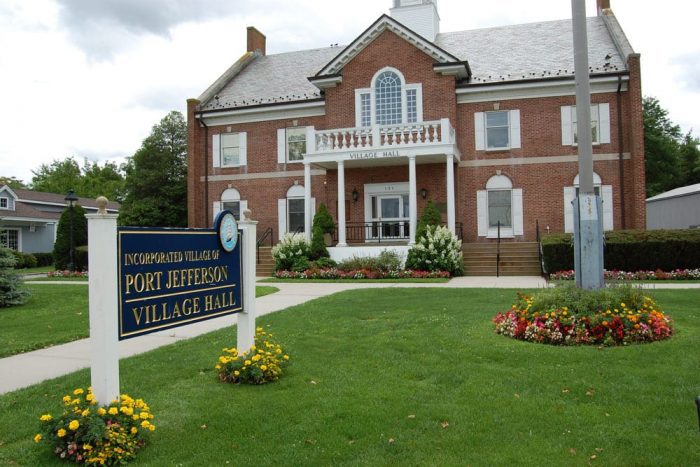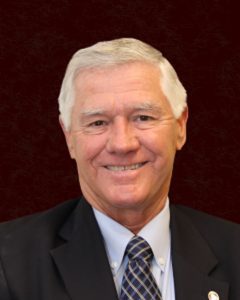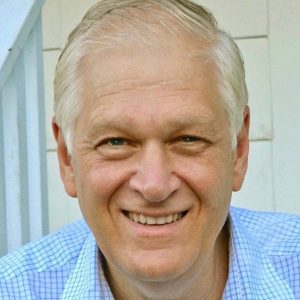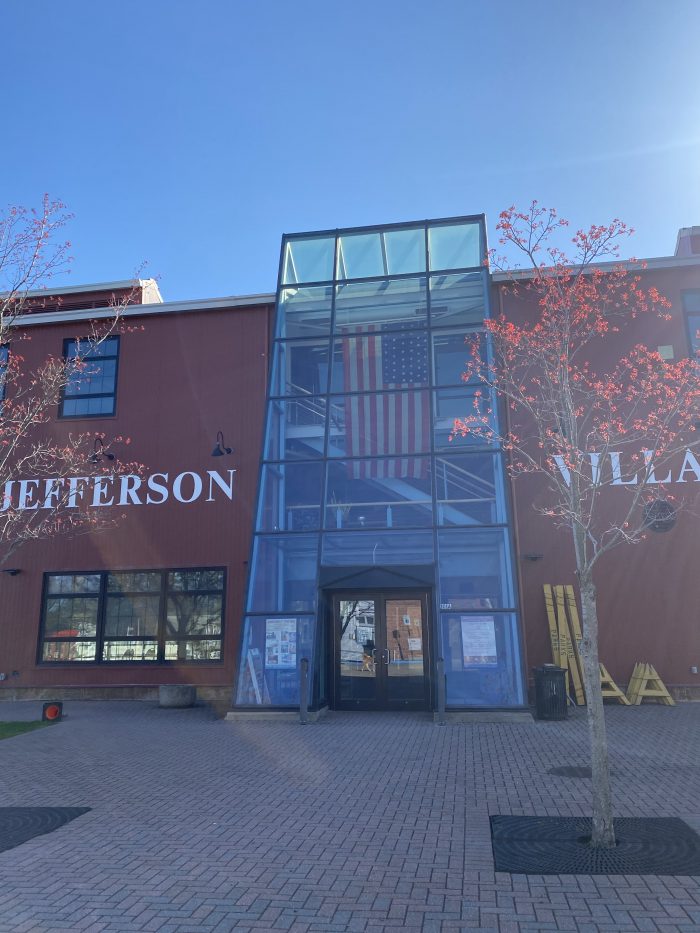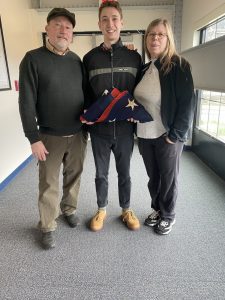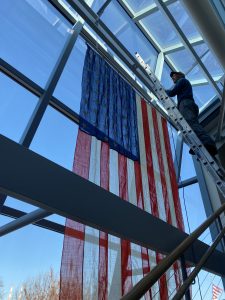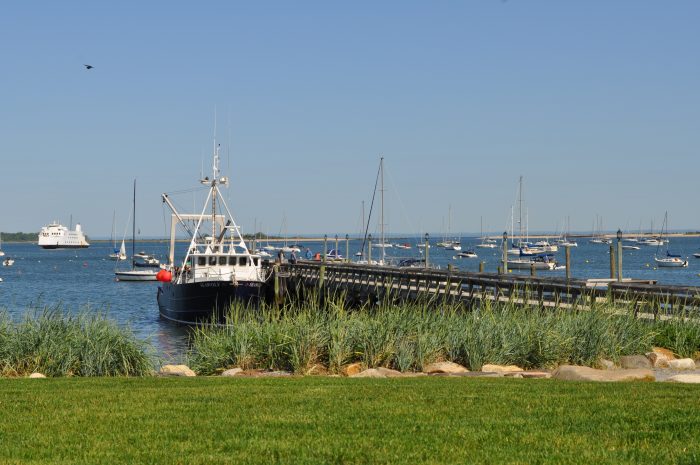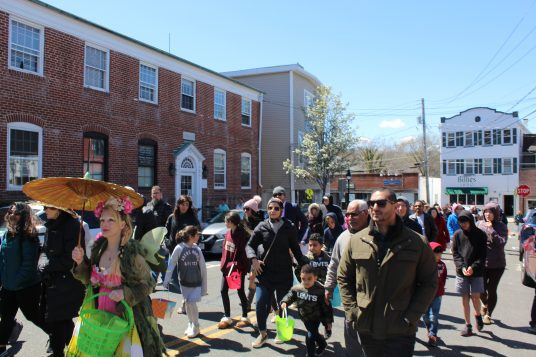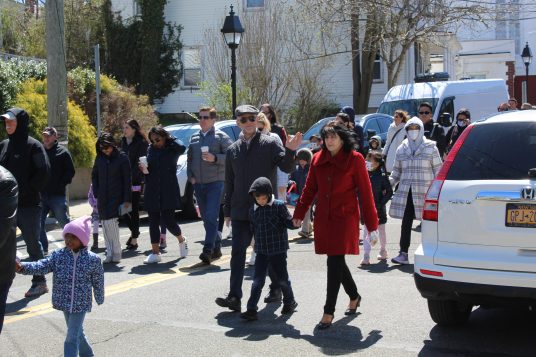Village of Port Jefferson trustee Rebecca Kassay is at the forefront of several environmental initiatives. TBR News Media caught up with her for an exclusive interview to discuss these matters in depth. In this interview, Kassay addresses her early involvement in community organizing, her first term as trustee and her vision for the village and its environment.
What is your background and why did you get involved in local government?
I went to SUNY New Paltz for a degree in environmental studies and a minor in communications and media. During the summers between my semesters there, I interned at Avalon Nature Preserve in Stony Brook. I worked with their three week teen program and, in working with these young people, I saw how excited they became and how engaged they were with their local community and their environment.
Interning over the summers, I began a dialogue with the park director to say, “Hey, wouldn’t it be great if there was a year-round program to engage the youth in this area to do things like habitat restoration, species studies and beach cleanups?” When I graduated from New Paltz, I got a call from the director and she said, “That idea that we’ve been talking about, do you want to give that a shot? Do you want to try to start that program?”
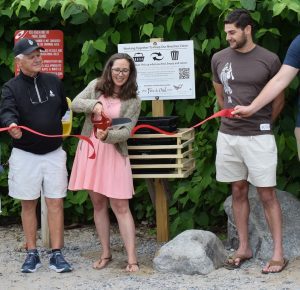
At 21 I was starting my own program at a nonprofit. It was very overwhelming, but we started off strong and just kept building. I ended up working with hundreds of teenagers over the course of seven years at Avalon, engaging with dozens of nonprofits in the area and seeing what their environmental goals were. After working there for seven years, I began asking myself: “What’s next? What is it that I want to continue doing to build upon this experience?”
In 2013 I started a bed and breakfast at my home and it opened in 2014. I essentially had two full-time jobs — one as a Port Jefferson business owner and one working at Avalon Park and Preserve. I decided to hand the program off to someone else at Avalon and just run the bed and breakfast while I figured out where I wanted to take my skill set.
When COVID hit, I coordinated over 40,000 pieces of homemade PPE and comfort care items to frontline workers during the height of the pandemic. Through that, I began talking to local politicians about this effort and in Port Jefferson, someone said, “Hey, why don’t you consider running for office?” That sounded like a pretty cool way to get involved, so I started collecting my signatures. I ran unopposed and have had a really interesting first term.
What ignited your interest in environmental issues?
Back in the 12th grade [at Smithtown High School], I didn’t know what I wanted to do until I took Advanced Placement Environmental Science. It was the first course that I took that seemed to be very practicable. I felt that everybody should be taking this course because it has to do with how we interact with what’s around us. If you are humble enough and you’re willing to frighten yourself with the facts of where we might be going if we just continue on the path of neglecting our relationship with the environment, then it’s something scary to think about.
It’s very apparent to me and others that we need to start making some changes. We need to figure out which changes to make in order to help the Earth continue to exist in a meaningful way.
Climate change is a lens through which we have to view pretty much all of our problems, especially being a portside village. —Rebecca Kassay
What are some of the most pressing environmental issues facing the village of Port Jefferson?
In my view, many of the environmental hazards facing the village stem from climate change, which is something that a lot of people don’t want to talk about. The impacts of climate change are relatively new. It’s really in the past decade or so that we’re starting to see these more frequent and intense storms and more rain from these storms. What everyone has always done in the past is not working anymore. The types of decisions that are being made, the ways decisions are being made — they need to take climate change into account. It’s not going to get any better, it’s just going to continue getting worse.
Climate change is a lens through which we have to view pretty much all of our problems, especially being a portside village. We have a very tight relationship with the water — the harbor and the Long Island Sound. If we don’t start looking at the facts that are being given to us by engineers and scientists, we’re not going to be making the best decisions for Port Jefferson residents, not just today but Port Jefferson residents 20 or 50 years from now.
What are your thoughts on the state of Port Jefferson Harbor?
I know that the Setauket Harbor Task Force does a wonderful job. It may sound like they’re just in Setauket, but they also steward the Port Jefferson Harbor. They do a wonderful job monitoring the harbor’s water quality and make great efforts to identify solutions and put them into place. I think that the harbor itself is doing fairly well thanks to these environmental groups.
There are some issues. I myself have a sailboat and I’ve become more acquainted over the past few years in how boaters can affect the water. I’m really glad that we have a free pump-out boat in our harbor that will empty your boat’s sewage tanks for free. You just have to call them and the boat will come over because boaters’ sewage can have a very negative effect on our harbor. However, the water quality itself seems to be quite good.
What is the village doing to comply with new DEC guidelines regulating stormwater runoff into harbors and bays?
I can’t speak to the absolute current status of them, but I know that the village is very aware of the upcoming regulations and is looking closely to see what is the best pathway forward to meeting them.
Has the village considered adding rain gardens?
The village was granted funding for three rain gardens and those rain gardens are in front of village hall, the village center and the DPW planning department uptown. Those are great examples of the types of plants you would put in rain gardens. I personally think they are very beautiful and they can really help to retain stormwater, especially on individuals’ properties. It’s a beautiful addition, as opposed to this very expensive cistern in the ground that you might have to put in to retain your stormwater. And it’s also great for the environment.
You have prioritized planting trees throughout the village. What will these new trees do for overall environmental quality?
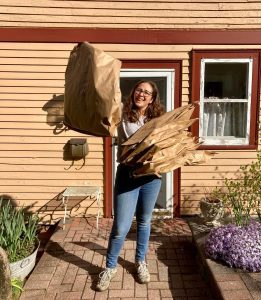
Photo courtesy of Kassay
There are so many reasons we are pushing to plant more trees. The presence of trees helps in the absorption of stormwater. Large trees will lower the general temperatures in the area where you have a critical mass of trees, so homeowners will spend less fuel and less money on air conditioning in the summer and even heating in the winter because trees can block wind coming off the harbor.
For folks who are not as in love with the environment as myself and many others, they should know that planting more trees statistically increases property values. To have these larger legacy trees on your property gives the property itself and the neighborhood a greater sense of being established.
Trees are a staple in the ecosystem, providing a habitat for birds, pollinators and critters of all sorts, and these species are beautiful. I joke and say that the reason I bought my house in particular is because it has a beautiful oak on the front corner. I really love being the steward of that oak. It was there way before I was born and I think it will be there after I pass. It’s an honor to have the responsibility of taking care of the property that it lives on.
This month, the Six Acre Park Committee will present to the Board of Trustees. Can you provide readers a preview of that?
Absolutely. The committee has found consensus in agreeing on a mini arboretum-like park [at Highlands Boulevard], planted a bit more densely and focusing mainly on native species of trees. These are the species of trees and shrubs that have been evolving in this area for eons, so the local and migratory wildlife rely on these species. These are our oaks, these are our tulip poplars, these are the species that were here before people started moving in, harvesting timber and building homes and roads.
The concept is to give back to nature. Instead of taking trees down to build a parking lot or a development project, we’re actually putting the forest back. Not only is it going to be aesthetically beautiful, it will also be something valuable for wildlife and for wildlife lovers. If you go for a walk through this park, there will be a walking path throughout it. It’s a chance to bathe in nature and observe the beauty of what’s around you.
What can residents do to help improve environmental quality?

I think the village government has a great opportunity to set the precedent for our residents and say, “This is a village that prioritizes environmental efforts.” I am working to be a strong voice to keep that in the conversation so that whatever we’re looking at, we’re considering how this may affect the environment and to see if there are any opportunities to have a positive effect on the environment.
As far as residents go, I’m delighted in starting our first community garden in Port Jefferson village. I’ve also been working on these Arbor Day efforts. I pushed to start the committee on the Six Acre Park. Through creating all of these venues, I’m looking to tap back into my community organizing background and have it not just be the government taking action, but the government engaging its residents in being a part of that action. When someone feels that they are a part of something, they’re much more likely to follow through, to feel proud of it and talk to other people about it.
Do you believe the village is on the right track in terms of environmental quality?
I think that the village and the Town [of Brookhaven] and Long Island and the nation and the world still have a lot of work to be done. As far as getting closer to considering the environment in every decision-making process, I don’t think the village is any more ahead or behind any of our neighboring municipalities. I would love to help the Village of Port Jeff get put on the map as an environmentally minded village, a village that takes this into account.
Again, every decision has to be a balance, but I think the environment has to be a higher priority in most decision-making processes because I see the window of opportunity closing to start pulling ourselves out of a direction that will negatively affect Port Jefferson residents, Long Islanders and people across the globe. It’s these local actions that can have a big impact.
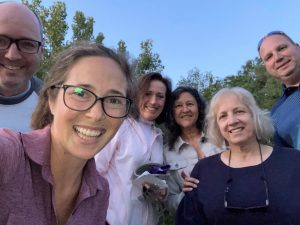
Is there anything else you would like to say to our readers?
I am very cognizant of the fact that we are not the only ones experiencing flooding or a decrease in tree coverage or any other environmental issue. I’ve started reaching out to nonprofits, to other villages, to people at different levels of government, asking to learn from their experiences so that we can move more efficiently in our local efforts here. To me, it’s very important to not try to reinvent the wheel every time you want to do something.
This networking has been very helpful both in refining concepts that we might want to put into place in Port Jefferson and also in bringing funding into the village so that these aren’t taxpayer-supported projects but grant-supported projects. If we can start a great project and bring in a lot of grant money, then it’s just a win-win across the board.
Also, one of my goals is to open peoples’ eyes to the miracles of nature on their own streets and in their own yards. We often think of nature as something to visit in state or national parklands, when in reality a relationship with, and a stewardship of, urban and suburban nature is equally profound and important. Far beyond the increasingly evident practicality of environmentalism, there’s a great joy to be embraced.
I work to help folks see nature as an asset, as something to enjoy and protect, instead of the current narrative that often paints nature as inconvenient or consciously in opposition to humanity.
Ironically, despite the narrative that environmentally minded actions or solutions are burdensome, there are often significant taxpayer cost savings in the long run. Taxpayers benefit when inevitable environmental issues are initially addressed with a long-term solution, instead of a series of Band-Aids which eventually fail and must be replaced by that same long-term solution.



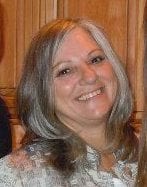 Boehm has served on the Board of Education for 10 years and is currently president. Commenting on her many family members who graduated from Port Jefferson schools, she said, “The royal blood runs thick in our family.”
Boehm has served on the Board of Education for 10 years and is currently president. Commenting on her many family members who graduated from Port Jefferson schools, she said, “The royal blood runs thick in our family.”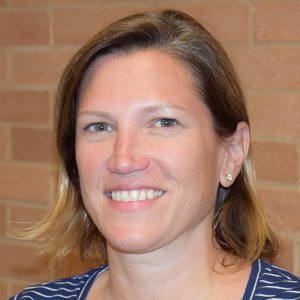
 Ryan went to Scraggy Hill Elementary and Port Jefferson Junior High before attending The Stony Brook School. For nearly 20 years, he was away in China studying to become a practitioner of Chinese medicine, then returned to Port Jeff.
Ryan went to Scraggy Hill Elementary and Port Jefferson Junior High before attending The Stony Brook School. For nearly 20 years, he was away in China studying to become a practitioner of Chinese medicine, then returned to Port Jeff.

